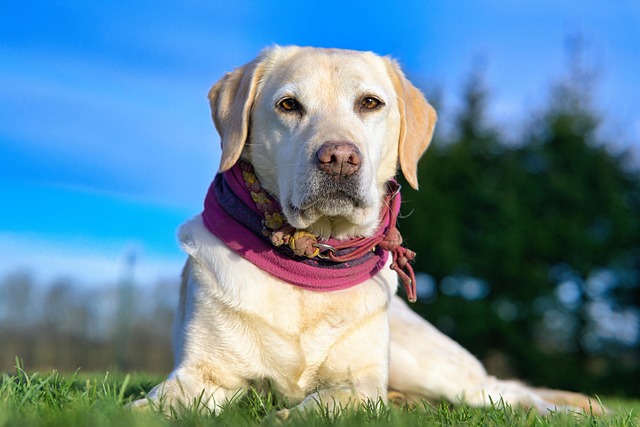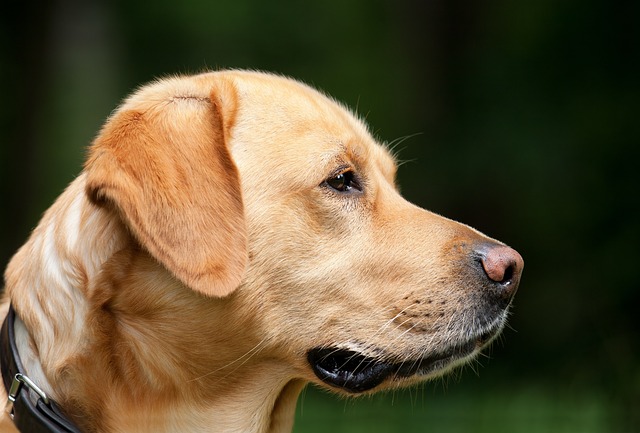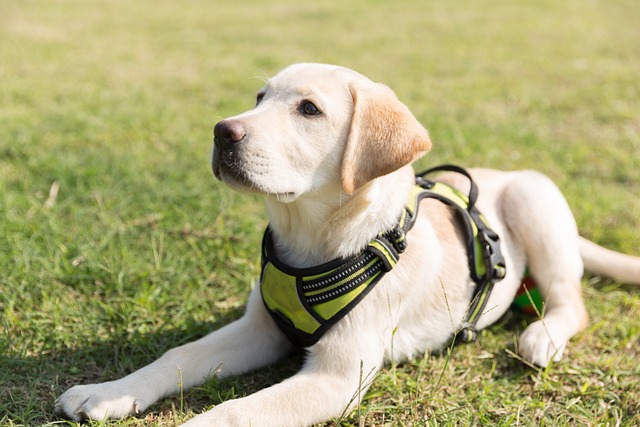
How do i train my dog to be obedient?
Watching your dog dart across the park ignoring your calls isn’t just frustrating—it can put them at risk near busy streets or public spaces.
Can you use a crate to potty train a puppy? It’s a question every new dog parent asks when faced with the endless cycle of accidents on the living room rug, especially if you’re juggling work, chores, and a tiny pup who seems to pee every 30 minutes. The short answer? Absolutely—but only if you use the crate as a tool, not a shortcut, and respect your puppy’s instincts and limitations.
Dogs are naturally clean animals; in the wild, they don’t soil their den where they sleep. This instinct is your secret weapon for crate potty training. A properly sized crate (just big enough for them to stand, turn around, and lie down) becomes their “den,” a space they’ll try to keep clean. Puppies under 12 weeks have bladders the size of a ping-pong ball, though—they physically can’t hold it for more than 2–3 hours. Ignore this, and you’ll turn the crate into a stress zone, not a training aid. A vet in Portland explained it simply: “A crate should feel like their bedroom, not a bathroom.”
The right approach blends structure and kindness. Start by keeping meals and naps in the crate to build positive associations—toss in a Kong with peanut butter during meals so they look forward to crate time. After every nap, meal, or play session, immediately take them outside to their “potty spot” (a consistent corner of the yard or nearby tree). Use a phrase like “go potty” and wait—no phone scrolling! When they go, celebrate like it’s a holiday with tiny treats and excited pets. I met a couple in Chicago who kept a “success journal,” marking each outdoor potty with a sticker—by week three, their Goldendoodle pup was scratching at the door when he needed out. Never scold for indoor accidents, and never lock them in the crate as punishment—that breaks trust faster than any accident.

Legally and culturally, this training phase ties directly to responsible pet ownership. Most states require puppies to start core vaccines (DHPP) by 8 weeks, and many apartment complexes demand proof before allowing pets—keep those vet records handy. When you take your pup out for potty breaks, always carry poop bags (cities like Denver fine up to $150 for leaving messes). In shared buildings, crate training helps avoid 5 AM barking fits when they need to go—set alarms to let them out, even on weekends, to keep neighbors happy. Remember: positive reinforcement isn’t just nicer—it’s legally aligned with animal welfare laws in most states, which prohibit harsh training methods.
Crate potty training works when you partner with your puppy’s instincts, not against them. Size the crate right, stick to a schedule, celebrate the wins, and you’ll turn those frustrating early weeks into a foundation for a lifetime of good habits.

Watching your dog dart across the park ignoring your calls isn’t just frustrating—it can put them at risk near busy streets or public spaces.

New puppy owners often find themselves rushing to clean up accidents before they set in, and that’s where puppy pad training becomes a game-changer.

If you've noticed your dog's waistline disappearing and your veterinarian has mentioned those few extra pounds, your first instinct might be to simply reduce the amount of food in their bowl.

Training a dog to use a designated spot indoors isn’t as daunting as many new owners fear, but it does take consistency and an understanding of your pet’s needs.

That moment of dread on a walk is all too familiar for many new dog owners. You see another dog approaching down the sidewalk of your neighborhood

If the sight of another dog on your neighborhood walk makes your heart sink as your own dog erupts into a frenzy of barking and lunging, you're not alone.